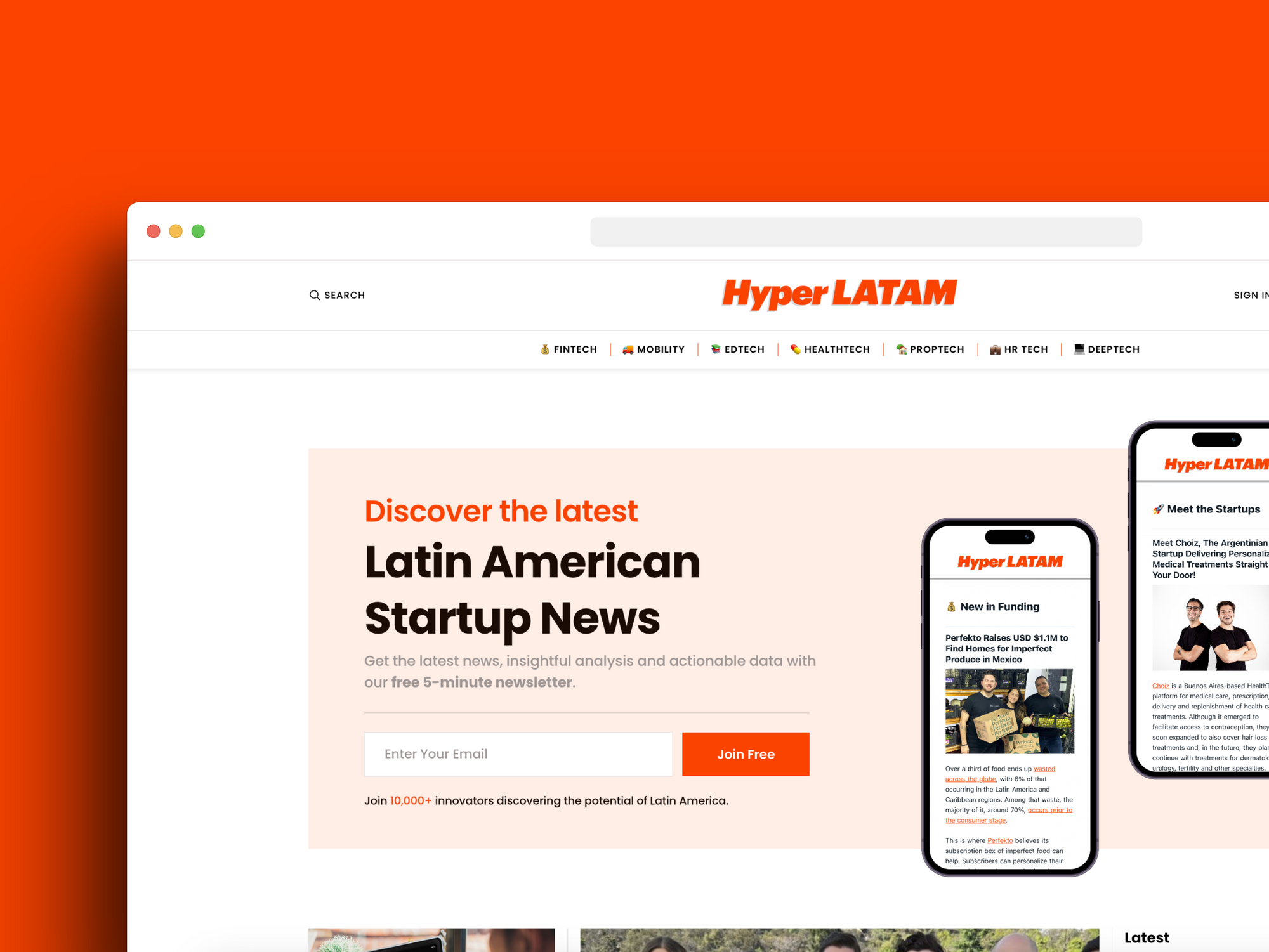If you're in the process of developing a new product, you might have heard the terms "Minimum Viable Product" (MVP) and "Prototype" thrown around. While these two terms are often used interchangeably, they actually refer to different stages of product development. Understanding the difference between MVP and Prototype is crucial to the success of your product.
A Prototype is an early version of a product that is used to test the feasibility of an idea. It is a basic model that is created to help you visualize and refine your product. On the other hand, a Minimum Viable Product (MVP) is a more advanced version of a product that is created with the goal of launching it to customers as quickly as possible. It is a product that has just enough features to satisfy early adopters and gather feedback that can be used to improve the product further.
Knowing the difference between MVP and Prototype is important because it affects the way you approach product development. If you're in the early stages of product development and are still testing the feasibility of your idea, a Prototype is the way to go. However, if you're ready to launch your product and want to gather feedback from early adopters, an MVP is the way to go. By understanding the difference between these two terms, you can make informed decisions about how to move forward with your product development.
Minimum Viable Product (MVP)
Definition
When you are developing a new product, you want to make sure that you are creating something that your customers will actually use and want to pay for. One way to do this is by creating a minimum viable product (MVP). An MVP is a product with just enough features to satisfy early customers and provide feedback for future product development. It is not the final product, but rather a version that allows you to test your idea and learn from customer feedback.
Benefits
Creating an MVP has many benefits. First, it allows you to test your idea without investing too much time and money upfront. By creating a minimum viable product, you can quickly learn what works and what doesn't, and make adjustments accordingly. Second, an MVP can help you validate your idea with real customers. This can help you avoid wasting time and money on a product that no one wants. Finally, an MVP allows you to get your product to market faster, which can give you a competitive advantage.
Examples
There are many examples of successful MVPs. One of the most famous is Dropbox. The founder of Dropbox created a video that demonstrated how the product would work, and shared it on Hacker News. The video went viral, and the company received over 70,000 signups in one night. This allowed the founder to validate the idea and raise funding to build the product. Another example is Airbnb. The founders of Airbnb created a website that allowed people to rent out air mattresses in their living rooms to conference attendees who couldn't find a hotel room. This MVP allowed the founders to test the idea and learn from customer feedback. They were able to pivot and expand the concept to what it is today. Creating an MVP can be a smart way to test your idea and get your product to market faster. By focusing on the minimum viable product, you can learn from customer feedback and make adjustments as needed.

Prototype
If you are developing a new product, you might be wondering what the difference is between a prototype and a minimum viable product (MVP). A prototype is an early version of a product that is used to test and validate the design and functionality. It is typically not a complete product, but rather a proof of concept that provides a glimpse into what the final product might look like.
Definition
A prototype is a preliminary model of a product that is used to test and evaluate its design and functionality. It is often created using low-fidelity materials such as paper, cardboard, or 3D-printed parts. The purpose of a prototype is to identify and address any design flaws or usability issues before investing significant time and resources into the development of a final product.
Benefits
Prototyping has several benefits. Firstly, it allows you to test the feasibility of your product idea without investing a lot of time and money. Secondly, it enables you to identify and fix any design flaws or usability issues early on in the development process. Thirdly, it helps you to communicate your vision to stakeholders and potential investors by providing a tangible representation of your product idea.
Examples
There are many examples of prototypes in various industries. For example, in the automotive industry, car manufacturers create prototypes of new models to test their design and performance. In the tech industry, software developers create prototypes of new applications to test their user interface and features. In the consumer goods industry, companies create prototypes of new products to test their design and usability.
MVP vs Prototype
When it comes to product development, two terms that are often used interchangeably are Minimum Viable Product (MVP) and Prototype. While they share some similarities, there are key differences between the two that can impact the success of your product. In this section, we'll explore the differences between MVP and Prototype and when to use each.
Differences
The main difference between MVP and Prototype is their purpose. A Prototype is a preliminary model of your product that is used to test and refine your design. It's a way to visualize your product and get feedback from stakeholders before investing time and money into development. On the other hand, an MVP is a working version of your product that has just enough features to satisfy early adopters and gather feedback. It's a way to test your product in the market and validate your assumptions.
Another difference between MVP and Prototype is their level of functionality. A Prototype may not have all the features of the final product and may not even be functional. It's purpose is to demonstrate the design and functionality of the product. An MVP, on the other hand, is a fully functional product that is designed to be released to the market.
When to use MVP vs Prototype
So, when should you use MVP vs Prototype? If you're in the early stages of product development and want to test your design, a Prototype is a good choice. It allows you to get feedback from stakeholders and refine your design before investing in development. However, if you're ready to test your product in the market and validate your assumptions, an MVP is the way to go. It's a working version of your product that can be released to early adopters and used to gather feedback.
It's important to note that MVP and Prototype are not mutually exclusive. In fact, they can work together to create a successful product. A Prototype can help inform the development of an MVP, and an MVP can be used to gather feedback and refine the design of a Prototype.
Conclusion
Now that you have a better understanding of the differences between an MVP and a prototype, you can make a more informed decision about which one to use for your product development. Remember that a prototype is a preliminary model that helps you test your idea and determine its feasibility, while an MVP is a functional product that is released to the market for user evaluation.
Both prototypes and MVPs play a crucial role in product design and launch. Prototypes allow you to experiment with different ideas and concepts, while MVPs let you test your product in a real-world environment and get feedback from actual users.
When deciding which approach to take, consider your goals, resources, and timeline. If you're still in the ideation phase and want to test your concept, a prototype may be the way to go. However, if you're ready to launch a product and want to get it to market quickly, an MVP may be the better choice.
Ultimately, the decision of whether to use a prototype or an MVP will depend on your specific product and business needs. By understanding the differences between the two and weighing the pros and cons, you can make the right choice for your company and move forward with confidence.






